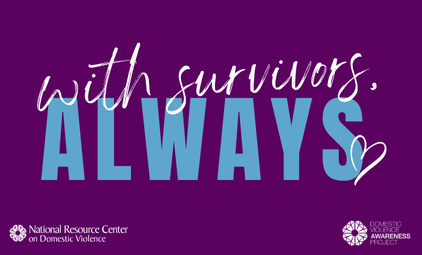"On his Facebook page, a father grieves the loss of his 10-year-old daughter, whom he had affectionately nicknamed 'Dimples.' Her body was found last month in the remote tundra outside of Kotzebue, a northwest Alaska town that has been home to the Inupiat people for centuries. A 41-year-old man from the same community has been charged with her kidnapping, sexual assault and murder.
'I want to dig her grave so badly just to be with her,' the father posted this past week, expressing grief that is all too common in the face of an epidemic of violence against Alaska Native (AN) women and girls. AN rights advocates are urging the U.S. Congress to reauthorize the 1994 Violence Against Women Act, or VAWA, for a fourth time with amendments.
'We’re hoping that there will be some specific inclusions in the upcoming law that will add some protections for Alaska,' said Michelle Demmert, chief justice for the Tlingit and Haida tribes and a legal consultant at the Alaska Native Women’s Resource Center.
Alaska is home to 229 federally recognized tribes. Only one tribe lives on a federal reservation; the rest live in rural villages run by corporations and are not included in 'Indian Country,' the legal term for land set aside and administered by the U.S. government. Because of this, their legal jurisdiction is limited to internal matters such as adoption, custody or divorce. The state of Alaska has jurisdiction over all criminal and civil matters; the FBI may intervene in more serious cases.
Today, roughly 300 Alaska state troopers cover a state one-fifth the size of the entire lower 48. Unarmed village police and public safety officers provide basic law enforcement in some AN villages, but turnover is high.
'Nearly 30 percent of our communities lack any law enforcement presence at all,' said Demmert. 'Some of the [police] response can be hours away or days away, depending on distance, weather factors and other complications that can make weather challenging.'
As a result, Alaska Native women are victimized at alarming rates:
- More than four in five AN women will experience physical, sexual or emotional violence in their lifetimes, according to the U.S. Justice Department.
- AN women suffer domestic violence at a rate 10 times greater than women in any other state and suffer physical assault at a rate up to 12 times greater, according to the Indian Law and Order Commission.
- AN women constitute nearly half of all reported rape victims.
- Of 12 females murdered in Alaska in 2016, eight were Native, according to the Violence Policy Center.
- A 2003 study on sexual assaults in Anchorage revealed that more than half of the suspects were non-Native.
'Alaska tends to get some of the end-of-the-roader kind of people who move here and know they are beyond or above the law,' said Diane Benson, a member of the Tlingit tribe and an assistant professor of Alaska Native studies and rural development at the University of Alaska Fairbanks. 'A lot of people come in and out of the state for work and aren’t as invested in the community.'"
Read the full article here. For more information on this topic, see the Gender Based Violence and Intersecting Challenges Impacting Native American & Alaskan Village Communities special collection.















